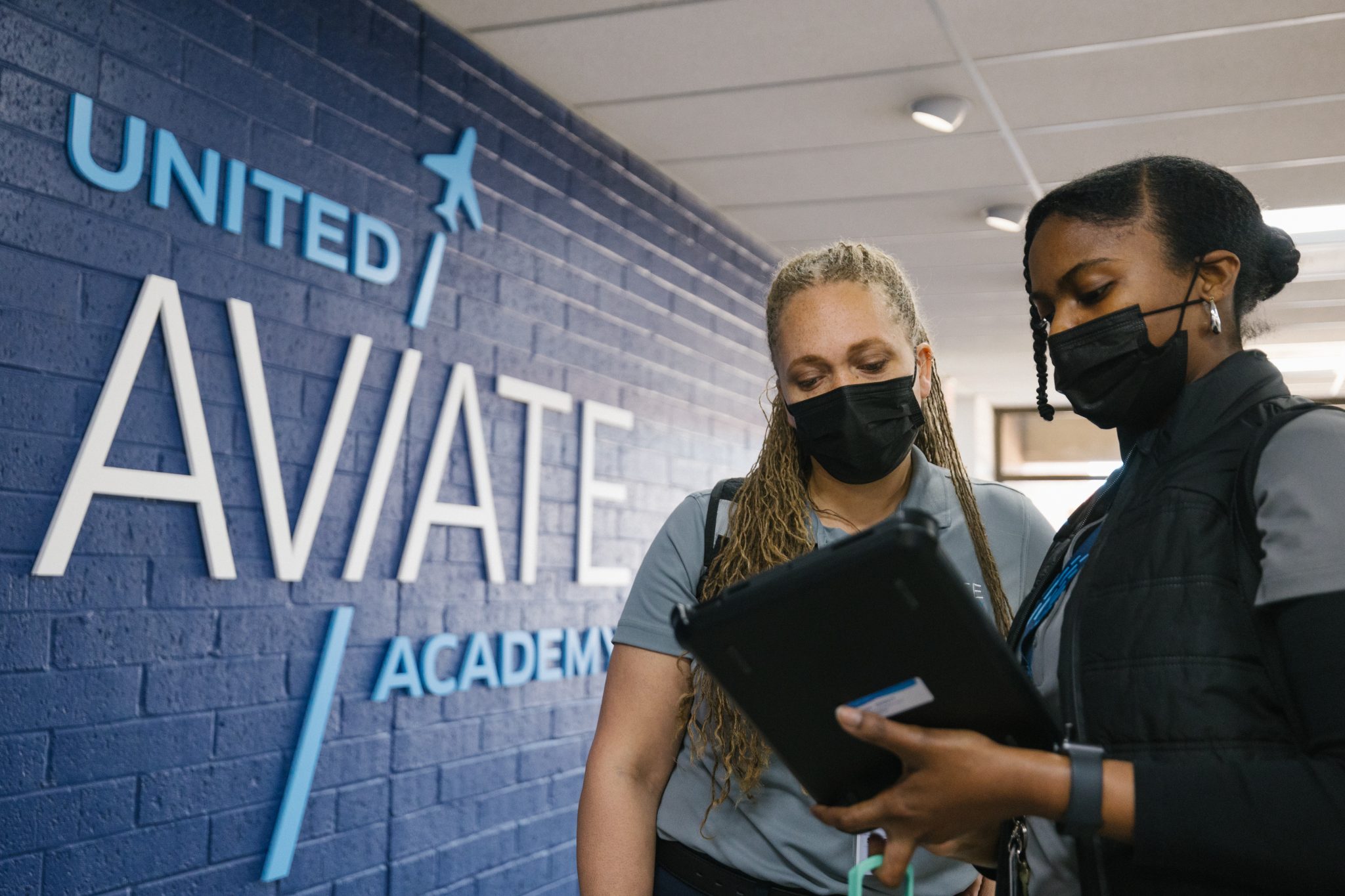United's New Pilot School Readies Its First Class for a More Inclusive Cockpit

Skift Take
When United Airlines announced the launch of its own aviation academy last year, the very first flight school to be initiated by a major U.S. airline, there was also a promise of opening new pathways, particularly for underrepresented groups of aspiring pilots.
Thirty-eight-year-old Ricki Foster is one of the few who made history as a member of the first class of the United Aviate Academy. Foster was born in Jamaica but was living with her family in Atlanta, Georgia, when she first entered the world of aviation as a flight attendant.
After a decade in that job, Foster rediscovered her passion as a pilot when a pilot co-worker suggested she consider the role and took her on a discovery flight. She was training at a local school in Georgia soon after when she heard about United’s Aviate — more importantly, its initiative to diversify the flight deck. When she did a bit of her own research, she was blown away.
“You mean, there’s an actual company, a big company, that is not afraid, that is not shying away, that is not backing down, that’s not just doing a one-hour seminar that’s voluntary about diversity and Inclusion. They’re actually pursuing this? To me, that was really attractive, and long overdue,” said Foster. “I pursued a path here because I felt like this is where I needed to be.”
Ricki Foster, 38, at the United Aviate AcademyUnited Airlines was faced with an enormous response from students across the country when it made the announcement to open a flight school committed to forwarding
